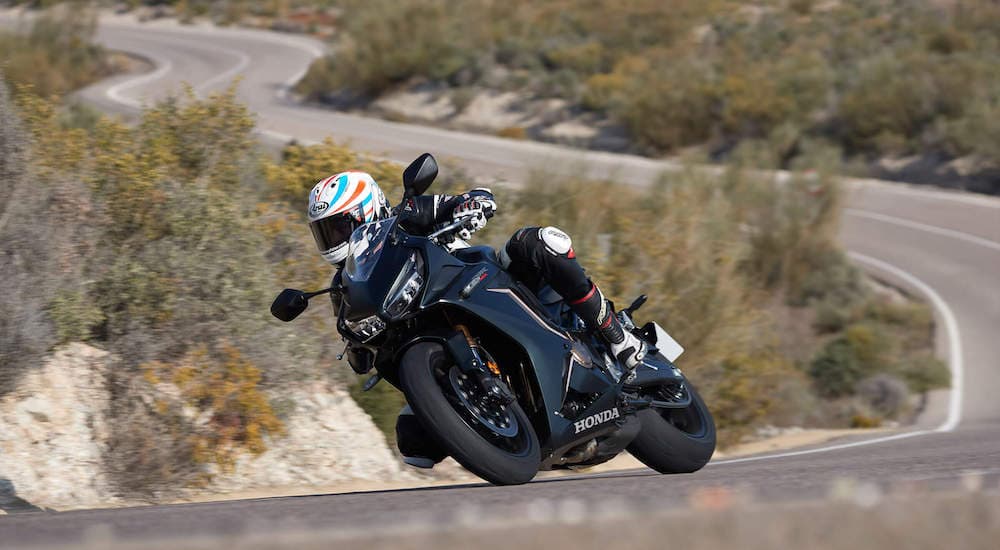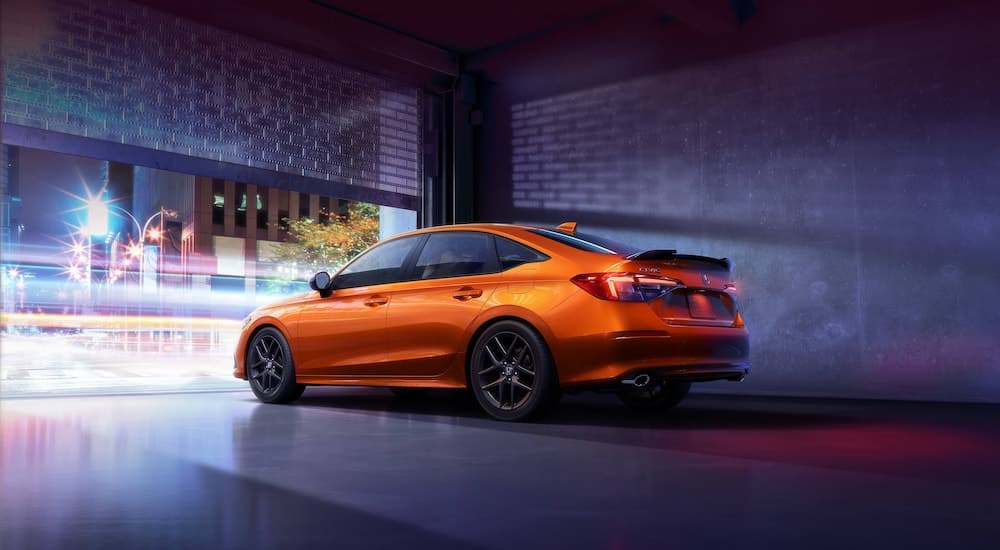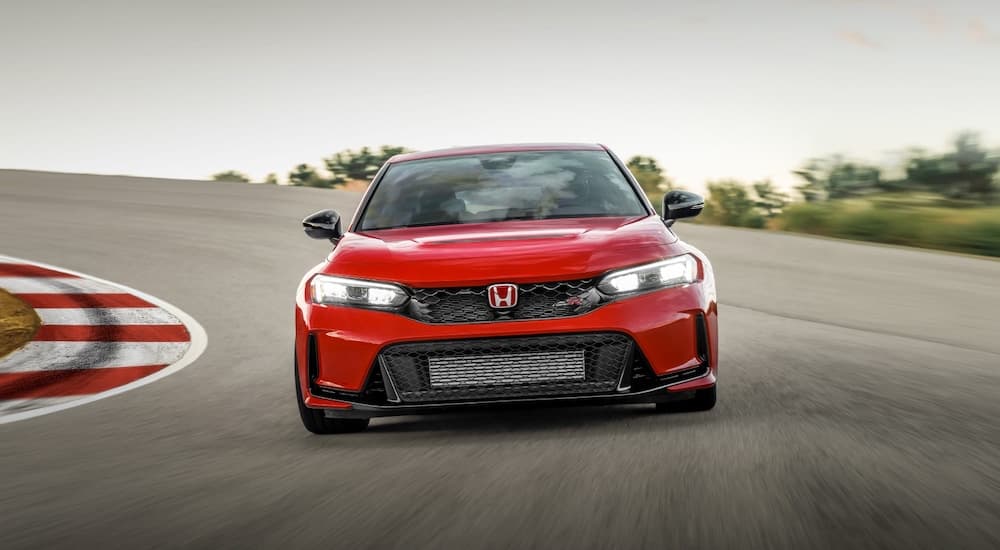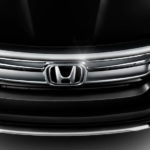Often, consumers identify a car manufacturer with a specific country. Ford, for instance, conjures the image of the American automobile industry. Toyota brings to mind the post-World War II Japanese automobile boom. Honda, too, can fall into the latter category. After all, Honda also arose in the late 1940s and, for decades, operated primarily out of Japan. Yet, now, Honda exports more cars from the United States than it imports. This shift occurred in 2014, signaling a new era for the manufacturer. For decades, it has had plants outside of Japan, with its first set up in Belgium over 40 years ago, but it is now truly a global company with interests in 150 nations.
It’s easy to think, “The Honda dealer near me represents all the company has to offer,” but that would be a mistake. Honda’s vehicles are its bread and butter, but the manufacturer dabbles not just across the global automobile market but rather multiple industries across the world, including household machineries like lawnmowers and snowblowers. How Honda became so dominant, including in the United States, shows how quickly a company can expand into a global agent.
Why It Matters
Honda’s reach impresses anyone intrigued by the car industry, but the company’s global presence acts as a lesson to business in general. Since 2000, having a global mark has been key to business success thanks to the internet worming its way into every aspect of modern life. While a car company could succeed at one point by only reaching a localized market, our age of technology makes this an increasingly dicey approach to take if one wants to stay competitive.
With social media like Instagram giving viewers access to anyone in the world, a business unable to compete globally risks being left in the dust. Consider a “viral” Instagram post with a car in it. If that car is available in most countries, then the viral post becomes free advertising. If it’s not, then not only has an opportunity been wasted, but viewers will write off the car as a niche and put it out of their mind. This trend does not apply only to cars. Any merchandise can only sell better by adopting a more globalized outlook. Seeing how Honda accomplished such a task is a lesson for anyone operating in the business world.

Honda Branches Out
Hondas took off worldwide in the 1970s thanks to their fuel efficiency, but the company already had global reach with their motorcycles. By the 1960s, Honda’s motorcycles were a well-known and well-trusted bike, their sales outdoing expectations. Thanks to their bikes’ appeal to motorcycle enthusiasts and the average consumer alike, Honda saw significant success outside of its home country. Offering both cars and motorcycles gave Honda another advantage, too.
Most people who own a motorcycle also have to own a car. If someone planned to buy a motorcycle from Honda, why not purchase the car there, too? One less location to have to travel to and one less organization to have to become acquainted with. Brand loyalty also matters; anyone impressed by the manufacturer’s motorcycle will want to take a shot with one of Honda’s cars. This diversity became a key part of Honda’s global rise.
Today, Honda offers a spectrum of motorized merchandise. Not only can someone have a car or a motorcycle manufactured by Honda, but they can also own a snowblower for those winter storms and a lawnmower for those sticky summers. Honda Power Products are also small, with a variety of power tools available on the market. Saws and power sprayers also portray the Honda logo. All these items are necessary across the world, whether one lives in the cold mountains of Finland or the hot rainforests of Brazil. Again, the diversity of products allows Honda to reach across the globe.
Consumer Advantages
The global approach Honda takes is integral to the company’s success. Yet, there’s a reason consumers should be pleased with it, too: a worldwide product allows for easier use. Take a Honda Civic, for example. Its popularity in the United States since the gas crises of the 1970s means any mechanic you bring it to will be familiar with the model. This is an advantage for both your time and your money; the mechanic will be able to fix it faster and will charge you less as it’s not as specialized a job. The same goes for other Honda products. For example, a Honda lawnmower tutorial can be found easily online due to its market saturation.
An Export King
One of Honda’s most striking accomplishments was in 2014 when it began exporting more cars out of America than importing them from Japan. Having two successful exporting operations, one in North America and one in Asia, allows Honda to be a force to be reckoned with. The United States is a hub for automobile research, just as Japan is, so operations in both locations give Honda a chance to put vehicles with the latest upgrades out on the global market.
Not surprisingly, its hallmark Civic model has been a big part of this success story; no matter where in the world someone is, a fuel-efficient car will be desirable. Whether someone travels the long roads in the United States or has to tangle with the high gas prices in Europe, consumers worldwide want the most bang for their buck. No shock, then, that Hondas are exported everywhere.
Employment Opportunities
Honda’s success in the United States is an excellent example of how a company’s global reach can help nations, too. Honda’s operations in the United States create employment opportunities in a variety of fields, from mechanics to human resources to copywriting. This benefits the American economy, especially since automobile work has been a part of the nation’s backbone for over a century. The story is the same in other countries. Honda employs over 200,000 people worldwide. That does not include the employment that crops up thanks to the industry, too, from independent mechanics to local businesses that boom when the economy booms.
Where Is It Going From Here?
Honda has an aggressive plan to be carbon neutral by 2050 and has firm plans to do so by 2030. If Honda wants to succeed globally, it knows it has to ensure the globe remains safe and secure to do business. An unhealthy world will be an unhealthy marketplace. Making sure the environment is protected becomes a large part of accomplishing just that. Any company that wants a worldwide presence must be responsible global citizens. Honda’s actions challenge other globalized industries to act the same, hopefully resulting in a domino effect of responsible decision-making when it comes to carbon neutrality.
While not as environmentally key, Honda knows global advertising will serve it well in the future. One of those ways is by having Hondas in sports racing. Always a popular sport, the public’s interest in racing has only grown thanks to recent Netflix documentaries on Formula One. As anyone in the world can watch these races, Honda is marketing to the globe by making sure Hondas compete.
A Lesson for All
If you work for a bank, mortgage firm, or even a winery, you might be wondering why Honda’s globalization story should matter to you. You don’t sell cars, right? The fact is what Honda has done can act as a lesson plan for most businesses that want to branch out to other nations. The Japanese manufacturer has shown how the entire world can be a marketplace and that such a circumstance benefits everyone from the company to the consumer to the employee. Plus, Honda has learned that even if it’s largely known for one industry, it can still succeed in others, which allows it to flex different muscles in different countries. The Honda playbook should be a playbook for anyone looking to globalize their business.





